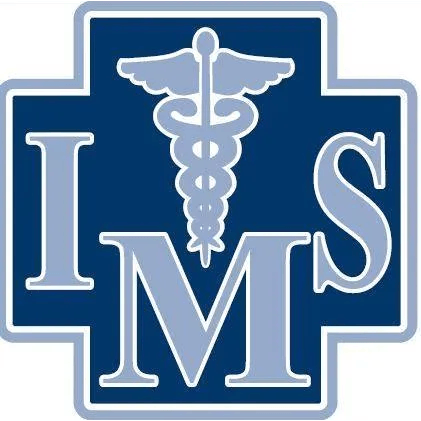New Hires Getting Injured? The Importance of Pre-Employment Physicals
Are your new hires getting injured?
You’re not alone. According to
recent data from the WCRI, more than half of all work-related injuries occur during the first two years of employment, and another third occur in one year or less.
While poor training and inexperience are partially to blame, many new hires are just not physically fit enough to perform their job.
It’s paramount that new hires receive a pre-employment physical, which includes a thorough review of their medical history, a doctor examination, and specific job-related testing that ensures they meet the minimum physical requirements to perform their role.
By investing in pre-employment physicals, employers can expect lower OSHA recordables and less medical expenses down the road.
What is a Pre-Employment Physical?
A pre-employment physical is a medical exam that determines if a prospective employee is physically fit to perform their job.
The specific components of a physical vary based on job requirements, but typically include the following:
Medical History Review:
- The prospective employee will fill out paperwork that asks about previous illnesses, surgeries, medications, and chronic conditions
- A physician will thoroughly review the medical history and ask any necessary follow up questions
Physical examination:
- Evaluation of vital signs like blood pressure, heart rate, as well as respiratory and cardiovascular health, vision and hearing testing, and more.
Functional tasks:
- Evaluation of tasks related to the job, such as lifting, carrying, pulling, and pushing, and climbing
What are the Benefits of a Pre-Employment Physical?
1. Job-specific testing
A pre-employment physical not only assesses the overall health of a candidate, but allows an employer to order tests that are specific to the job function. For example, if a role requires a candidate to lift heavy objects, an
IPCS test can be ordered to make sure they meet the minimum strength requirement. If a role requires a candidate to have good eyesight and strong depth perception and peripheral vision, a Titmus vision test can be ordered.
2. Save time and money
If a new hire is not physically fit to perform their job, the likelihood of them suffering an injury skyrockets. No employer wants to deal with their new hire missing time, or the high OSHA recordables, medical bills, and insurance premiums that come with it.
Fewer injuries also mean less time spent speaking to doctors, insurance companies, and looking for replacement workers.
Therefore, we believe that pre-employment physicals serve as an investment in a healthy workforce that will save managers significant time, money, and frustration.
3. Identify hidden medical issues
At Ironbound Medical Services, each week we see patients who didn’t know they were diabetic, pregnant, or had high blood pressure. These are just a few common examples.
Typically when we identify a medical condition, it doesn’t disqualify a candidate from the role. Instead, it allows them to address the condition before they begin working. This results in a win-win for both the employer and the employee.
4. Peace of mind
A pre-employment physical provides peace of mind to both the employer and the employee. An employer can rest assured that they have a healthy workforce, and that any injuries that occur will not be a result of a pre-existing condition. This helps employers better assess the effectiveness of their safety training and protocols.
An employee can be confident that they are fit to perform their job, and that any medical concerns they may have had were addressed. A healthy, confident workforce is a more productive one.
How should I choose a provider?
Here are a few things to keep in mind when looking for an occupational health provider to perform pre-employment physicals:
Will my prospective employees be seen by a board certified physician?
Many facilities use lesser trained nurse practitioners and physician assistants to perform pre-employment physicals as a way to cut costs.
Regardless of what they may tell you, a PA or NP does not receive anywhere near the level of training as a physician. They are less likely to ask the right questions, identify an underlying medical issue, or make the correct referral. This increases the likelihood that a physically unfit candidate slips through the cracks, and decreases the value of your investment in pre-employment physicals.
Does my provider incentivize quantity over quality?
Many large providers incentivize their physicians, NPs, and PAs to see a certain amount of patients each day. In other words, their pay structure is influenced by the number of patients they see each day. Inevitably, they spend less time with each patient, minimizing the chances of identifying a potential concern.
If you are going to make the investment in pre-employment physicals, you want to make sure they are being performed as thoroughly as possible. What you don’t want is someone who is checking boxes and trying to move on to the next physical. This also waters down your investment in pre-employment physicals.
Ask the right questions and choose your provider carefully to get the most for your money.
Wrapping Up
Pre-employment physicals are an investment in a healthy workforce. New hires have the highest chance of getting injured, and pre-existing medical conditions play a significant factor. By combining physicals with a strong safety program, employers can expect to see a lower injury rate in their new hires, saving them significant time, money, and frustration.
If you are in the Newark, New Jersey area, Ironbound Medical Services has been providing thorough pre-employment physicals to a multitude of companies for over 15 years.
Learn about the IMS Difference today!
